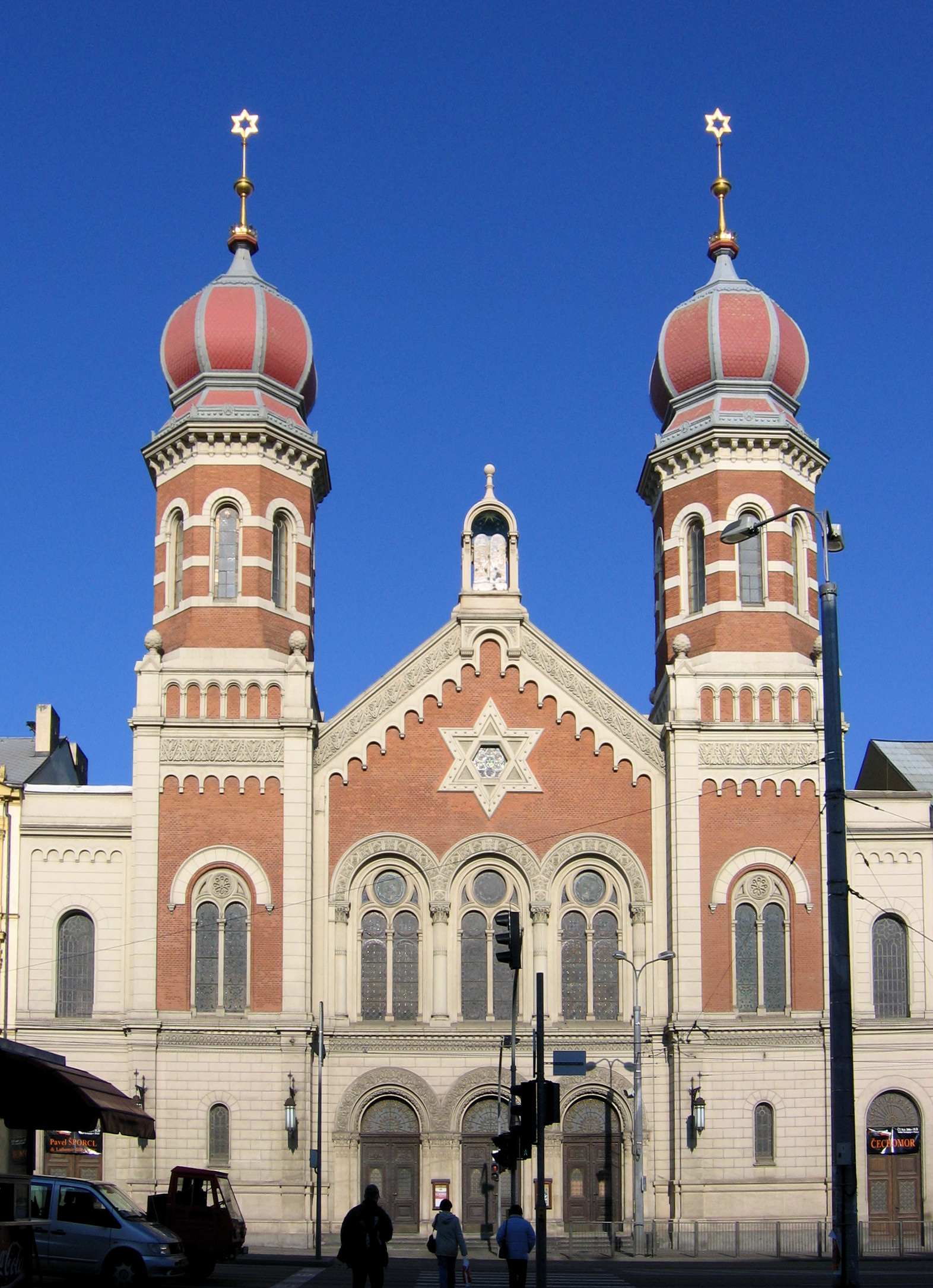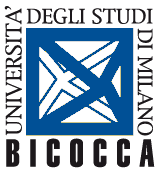The Chief Rabbinate of the Jewish Community in Izmir, No. 1574/12, ECtHR (Second Section), 21 March 2023

The European Court of Human Rights on the respect of the right to property of land and a synagogue whose possession had been enjoyed uninterruptedly and unequivocally for more than four centuries by the Jewish community of Izmir (Turkey).
It is necessary to clarify that in the 19th century, during the Ottoman Empire, non-Muslim religious communities were not recognized legal personality but, by virtue of a law issued in 1912, they could still register their real estate in a special section of the land register - an option that the applicant (the Chief Rabbinate), however, did not exercised.
With the advent of the Republic in 1923, a new law was promulgated. It granted legal personality and recognized the status of “religious foundation” to all religious associations established during the Ottoman Empire and to those that would apply, provided that the application specified the amount of economic income and the list of real estate owned. Again, the Chief Rabbinate had not exercised this option.
Although it lacked the status of a religious foundation the Chief Rabbinate had nevertheless registered under its name, in the competent land registers, many properties that appeared as “synagogues”.
The building at issue was built in 1605 and was used first as a synagogue, then as the residence of the Chief Rabbi of Izmir and, finally, as the administrative headquarters of the Rabbinate. In 1950, the Izmir High Court, and later also the Supreme Court, recognised the ownership of the synagogue to the Rabbinate and ordered its registration in the relevant land register in the applicant's name. This, however, never happened due to the unjustified refusal of the national authorities to do so.
Having obtained the status of a religious foundation, in 2012 the Rabbinate requested a new registration of the building under its name. The request was rejected by the competent authorities on the grounds that the registration of the land, on which the synagogue was built, appeared to be under the name of the public treasury. Having exhausted domestic remedies, the applicant appealed to the Strasbourg Court alleging a violation of Article 1, Protocol 1, which protects the right to property.
From a procedural perspective, the Court held that the Chief Rabbinate was not only a “victim” within the meaning of the Convention, but also a legitimate applicant, who must be recognised as having the capacity to sue, since it represents its faithful and constitutes a religious institution dating back to the Ottoman period.
On the merits, then, the Court found unjustified the interference of the public authorities with the unequivocal, uninterrupted and unchallenged possession for more than four centuries of both the land and the synagogue. The immovable properties were characterised by a use linked to the religious life of the Jewish community.
The unforeseeable refusal to register the property in the name of the Rabbinate, as a result of the application of irrelevant provisions, is not compatible with the principle of legality and therefore violates the applicant's right to respect for his property, guaranteed by Article 1, Protocol 1 of the Convention.
(Comment by Tania Pagotto)

